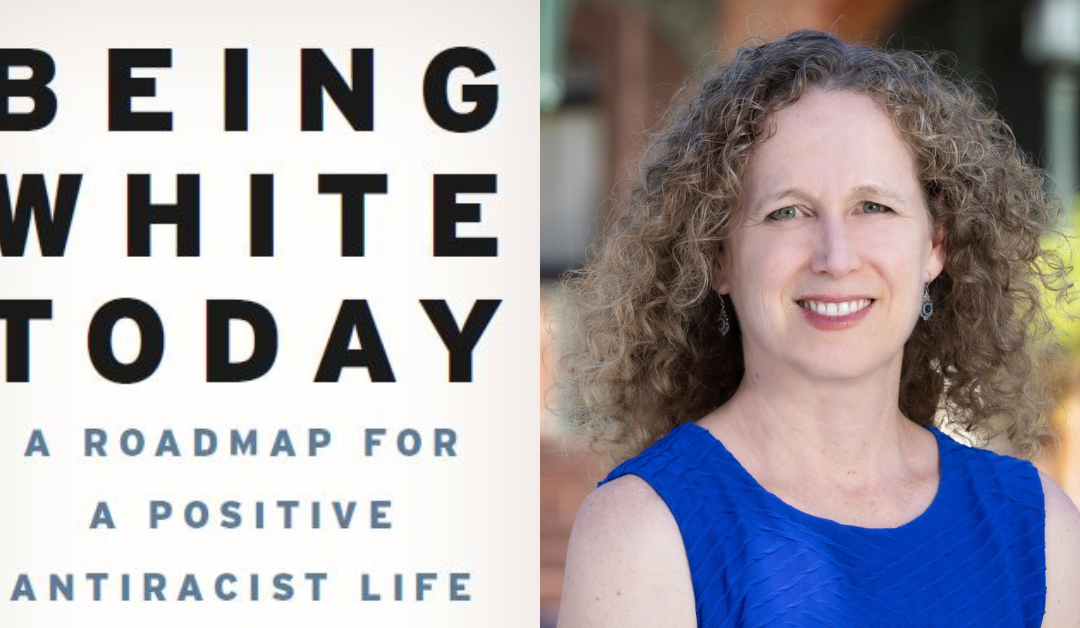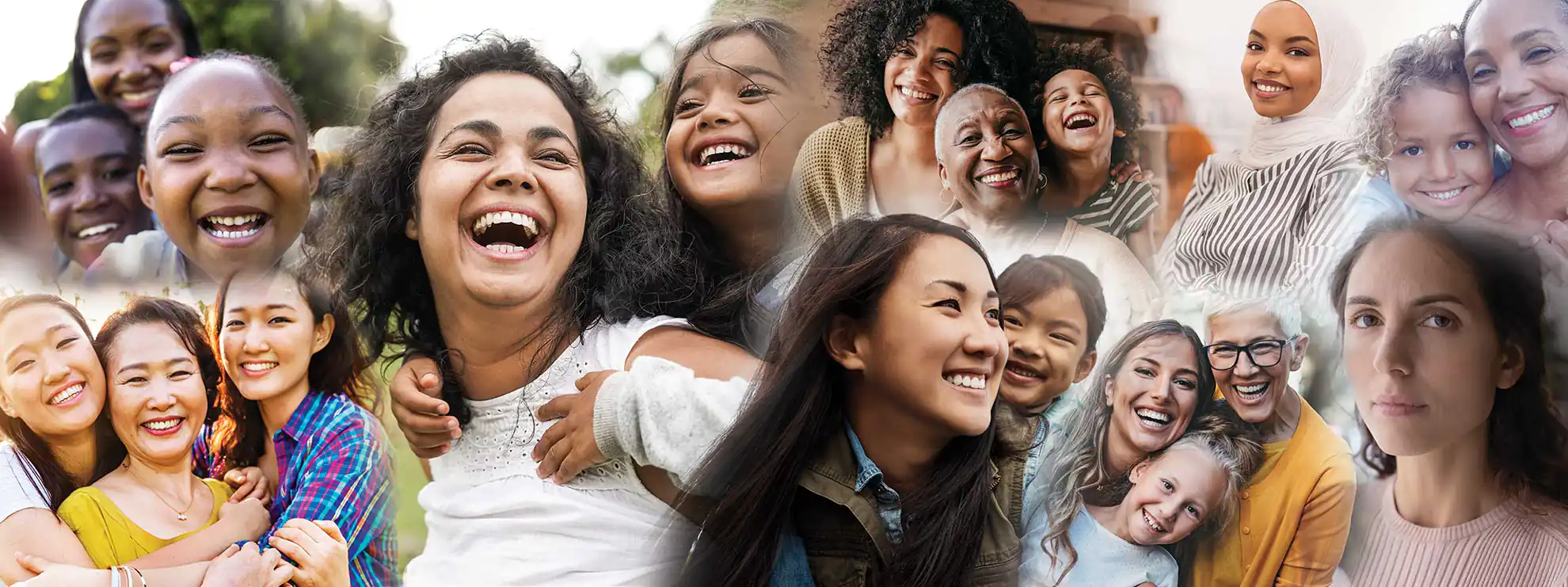Author Shelly Tochluk was interviewed by the St. Louis Post Dispatch prior to her interaction discussion, It’s Okay to Be White: A Roadmap to a Positive, Antiracist Life, on Thursday, May 18 at the Phyllis Wheatley Heritage Center.
Read the article below:
Advice columnists are asked today whether an offended family member must stay in touch with out-of-touch Uncle Ernest or Aunt Thelma after they spout a racist viewpoint.
The query seeks permission to cut ties with someone over conflicting political or social justice views — and the columnist or commenters sometimes say sure, give up that relationship.
But Shelly Tochluk takes a different tactic in her upcoming book, “Being White Today: A Roadmap for a Positive Antiracist Life.”
“Keep the door ajar” to a constructive relationship, she says. Ask questions and listen to responses. Don’t lambast a friend or family member by yelling “you’re out of your mind.” After asking questions and listening calmly, then offer another viewpoint in a positive way.
“Many people who really care and want to make a difference think this is going to get resolved in one conversation. That’s not how it works.”
And why is it important for white people to leave that door ajar for tough conversations?
One important reason, she says, is that “our democracy is going to rise or fall on swing voters.” Just 2% to 4% of voters may turn elections, she says. The possibility of opening minds to antiracist viewpoints is what she focuses on.
Tochluk, who is also the author of “Witnessing Whiteness,” will be at the Phyllis Wheatley Heritage Center on May 18. Left Bank Books is selling books, and Tochluk will sign copies of her previous book, along with book plates for “Being White Today,” which officially publishes June 14.
Tochluk is not an advice columnist, but an educator at Mount St. Mary’s University in Los Angeles who also leads workshops and discussions for teachers and others on discussing racism. The YWCA of Metro St. Louis has facilitated Witnessing Whiteness groups since 2011. She co-authored the new book with Christine Saxman, who has done social justice training for at least 20 years.
“We understand that, especially for white people, the terrain has shifted; they have to grapple with racial identity in a way they didn’t before,” Tochluk says.
In the early chapters of “Being White Today,” she and Saxman acknowledge the rise of far right and how vulnerable young people can be to the rhetoric.
They write in an advance edition:
“Assuming the next generation and the ones that follow will remain inclined toward an inclusive, multiracial democracy is naive. It ignores the white supremacists’ influence, as they work to weaponize White identity to gain power and seek to shape policies for decades to come. Given population trends and the way that US electoral systems allow for minority rule, where those in power represent a small proportion of the overall population, the next generation of White voters will likely continue to wield outsized influence.”
The authors make it clear that they don’t think white readers should feel shame about their color or guilt over history they had no control over. But the book differentiates identifying as “white” and supporting white supremacy culture (or “whiteness”).
They say: “White nationalists actively organize around the idea that White people are under assault; they offer messages of empowerment and pride. Antiracist messaging must counter this with an empowering message of its own: We can be proud antiracist White people who work with people of all racial identities toward an inclusive democracy that benefits everyone. We can be strong and powerful in our commitment when we understand that each of us has a purpose-filled role to play.”
Tochluk says the new book discusses terminology, feelings and questions in depth. It has no easy 10 tips for how to change someone’s mind, and it acknowledges that people will make mistakes when trying to change their own attitudes. Although geared to a white audience in an effort to “meet them where they are,” it may interest some people of color, she says. In addition, the guidance about discussing racism may be used for other hot-button social topics. (For a reader new to these topics, “Witnessing Whiteness” may be the place to start, she says.)
Ultimately, one of the biggest take-aways from “Being White Today” is that readers don’t need to have an “either/or” attitude but should pursue “both/and” thinking to discuss complex issues. For example, acknowledging that Thomas Jefferson wrote the Declaration of Independence and owned slaves.
The authors write: “There is no need to choose between the idea of abolishing whiteness and developing a positive, antiracist White identity. Both goals can live side by side when we do not conflate whiteness (oppression) with White people.”


